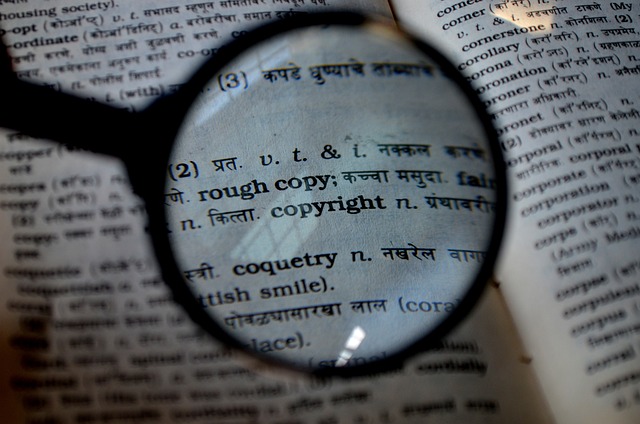Understanding the Current Market: Prices and Preferences
In today’s literary market, the battle between digital and traditional media continues as consumers weigh the cost and convenience of e-books against the tactile experience of printed books. Recent reports from the European Booksellers Federation highlight a steady rise in e-book sales across Europe, driven by the affordability and accessibility of digital platforms. Adobe Digital Editions and Amazon Kindle remain at the forefront of this surge, offering extensive libraries that often undercut the prices of their physical counterparts. The typical cost for e-books tends to be about 20% lower than paperback editions, a gap that widens with hardcover comparisons.
Price Trends in the Digital vs. Physical Book Market
Statistical data from the last five years shows a notable divergence in pricing strategies between e-books and printed books. Publishers like Penguin Random House and HarperCollins have experimented with dynamic e-book pricing, which can often allow readers to access new titles at lower costs than those available in stores. This model not only boosts sales but also encourages the consumption of digital content, especially among younger demographics who prioritize convenience and value.
Consumer Preferences and the Shift Towards Digital
A 2023 survey by the International Digital Publishing Forum reveals that over 60% of readers in the EU prefer e-books for reasons beyond just cost, citing portability and instant access as significant factors. This shift is increasingly supported by advancements in e-reading technology, with apps like Audible and Sora offering enhanced reading experiences through integrated features like adjustable text sizes, synchronized audiobook listening, and digital note-taking.
Evaluating the True Cost of Ownership
While the upfront price of e-books is often lower, the total cost of ownership includes factors such as the devices needed to read them and the longevity of the content. The necessity of owning a tablet, e-reader, or smartphone adds an initial investment that must be considered. However, the European Consumer Technology Association reports that the widespread adoption of multi-functional devices reduces the impact of this cost over time. Moreover, libraries across Europe, including the British Library and the Bibliothèque nationale de France, are expanding their digital collections, providing free or low-cost access to thousands of e-books, which mitigates the need for individual purchases.
Longevity and Accessibility of Digital vs. Print Media
Digital books do not degrade physically, which means they can be kept indefinitely without concerns over damage that would affect printed books. However, concerns about digital rights management (DRM) can complicate access over time and across devices, potentially limiting the long-term value of e-book purchases compared to physical books, which can be resold or donated.
Features and Functionalities of E-books vs. Printed Books
When evaluating e-books and printed books, it’s essential to consider the distinct features and functionalities that each format offers, impacting their usability and appeal across different reader demographics. Here’s a detailed comparison:
- Instant Access and Storage: E-books provide immediate access upon purchase, downloadable directly to devices like e-readers, tablets, and smartphones. This immediacy is paired with the ability to store thousands of titles on a single device, offering unmatched convenience especially for avid readers or researchers who may need to reference multiple sources simultaneously.
- Interactive Elements: Modern e-books often include interactive elements that enhance the reading experience. Features such as embedded hyperlinks, videos, and interactive quizzes are particularly advantageous for educational books, making complex information more accessible and engaging for students.
- Readability Features: Digital platforms cater to diverse reading needs by offering customizable features such as adjustable text sizes and fonts, background color changes, and even text-to-speech options. These features make e-books a preferable choice for individuals with visual impairments or reading disorders like dyslexia.
- Environmental Impact: E-books are considered more environmentally friendly than printed books as they eliminate the need for paper, ink, and physical distribution. This aspect is increasingly important for environmentally conscious consumers who are looking to reduce their carbon footprint.
- Cost-Effectiveness Over Time: While the initial cost of acquiring a device to read e-books can be high, the overall investment may prove cost-effective over time. E-books are typically priced lower than their printed counterparts, and many classics are available for free through various public domain sources, reducing long-term spending for voracious readers.




